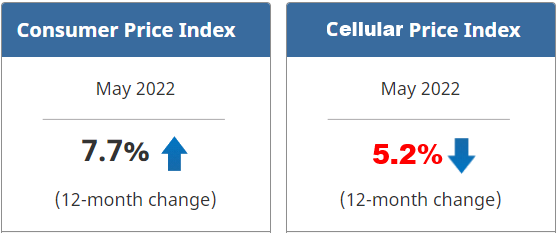A recent article in “The Connexion” highlights the cost of deep discount mobile service prices. “Internet in rural France: New study shows how bad it really can be” cites a study showing that mobile speeds can be 66% lower in rural areas than in urban areas. Recall that a recent Opensignal study found that Canadian rural speeds were just 10-20% lower than urban speeds. Studies have also found that mobile customers in rural Canada experienced faster connection speeds than the average speeds received in any of the rest of the G7 or Australia.
It is also important to recognize that the French study considered communities of less than 10,000 to be rural; that is a full order of magnitude greater than Statistics Canada’s definition of rural as “the population outside settlements with 1,000 or more population”.
A couple of years ago, “When low prices constrain investment” talked about issues arising in Finland. That article referenced the situation in Israel that I discussed in “Low prices, high cost”.
 Consumers want low prices. Of course we do, especially as we face rapidly rising prices for so many essentials.
Consumers want low prices. Of course we do, especially as we face rapidly rising prices for so many essentials.
But, consumers also want quality phone service wherever we are, including rural Canada. Remember the Quality, Coverage and Affordable Prices balance that has been at the heart of Canadian telecom policy for the past few years? The most recent Statistics Canada Consumer Price Index data showed that overall prices increased by 7.7% year over year while mobile services dropped 5.2% over the same period.
Once again, in rural France we see evidence of the high cost of a singular focus on low prices.
Service providers invest billions of dollars in capital to provide the coverage and quality of service that Canadians often take for granted.
The consumer interest is multi-dimensional, needing a balance of quality, coverage, and affordable prices.
Balance.
